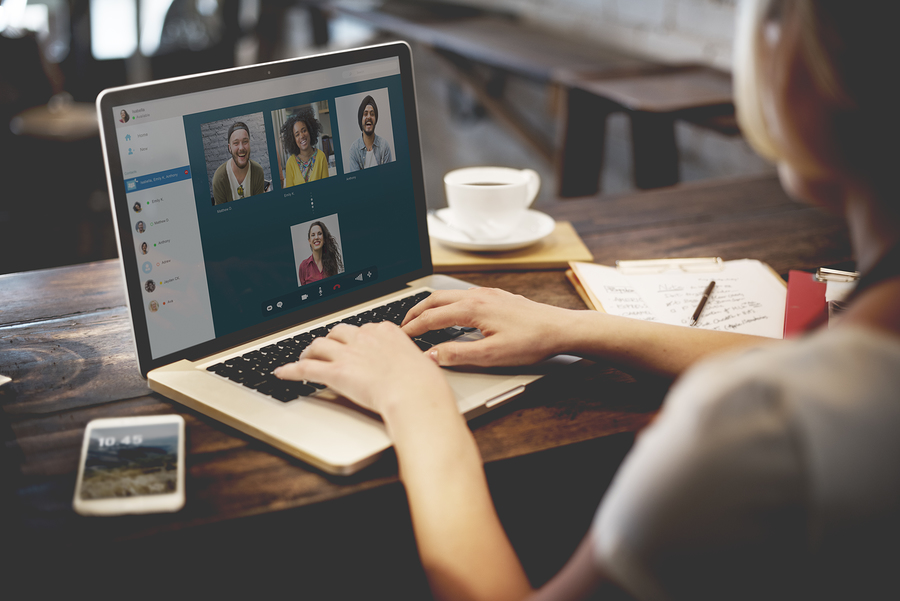Social Distance, We’ve Been Practicing for Years

“We need to walk into the future, no matter how unnerving, with open eyes if society is to keep pace with technology.”
-Lawrence M. Krauss
This time last week all U.S. schools and businesses were open, flights were, as per usual, traversing the Atlantic, and the runup to March Madness was in full swing. Days later, and we’re left wondering what a week from now may look like, this country and so many others paralyzed by fear, panic, and the uncertainty of a pandemic almost no one living today has ever seen before.
Trying to forecast all the ways our lives may change near term is almost as foolhardy as forecasting them long term. If you think back to 9/11—arguably the last and most comparable traumatic event to affect Americans on a grand scale—there remains many ways in which our lives have changed since that unimaginable day: We don’t enter airplane terminals with ease, there’s little assumption of privacy online, and prejudices against certain nationalities have intensified. And that’s just for starters.
There was no preparing for 9/11, an unprecedented breach of America’s sense of invulnerability. We have, however, been unwittingly preparing for a pandemic for years. We’re asked to practice “social distancing,” or isolate ourselves from others to avoid virus-sharing scenarios. We’re asked to work from home or school for the same reason. We’re even asked to avoid dining in at restaurants, although it’s acceptable (for now) to pick up food and take it home.
After many of us have ravaged local supermarkets, we’ve secured ourselves at home, with mobile devices in our hands and anything to binge watch on TV. Other than our sudden surpluses of toilet paper and canned goods, what exactly has changed? We’ve been social distancing since social media and text messaging became all the rage; we’ve been working from home since everybody had a remote connection that equaled their workplace’s; we’ve been picking up food and taking it home ever since we realized we can eat and stare at our phones anywhere.
Prior to the coronavirus outbreak, there was more social distancing, more working from home and less dining in than ever. The only difference is now it’s not so much by choice. And, yes, that makes it different. Eventually we’ll all want to be anywhere but home, and might even relish a 90-minute commute (for a couple days, anyway). But, mostly, what the Covid-19 related health crisis may prove to us is we’re more adapt at social distancing than we may realize, and instead of it becoming the “new normal” it’s reinforcing the skills we’ve been evolving for some time.
The question is not will we be changed; it is how will this experience change us? Brand strategists are busy working on how to navigate with the least amount of negative impact during the throes of the stay home period, and are focused on strategies to compensate for the losses to implement when the coast is clear.
Hopefully, things will be back to “normal” soon. But that will likely be a different “normal.” If there ever was a time to stay tuned in and aware, it is now. If there was ever a time to understand how consumers are feel and therefore behave, it is now. Now is the time to think ahead, be the most strategic you’ve ever been, be insight full and ready to rebound. Today’s realities are testament to our belief that the work of understanding consumers is never static. The customer you knew may not be the customer you need to know now. New customers may be available to you that you’ve not known before.
~ Marketing Workshop